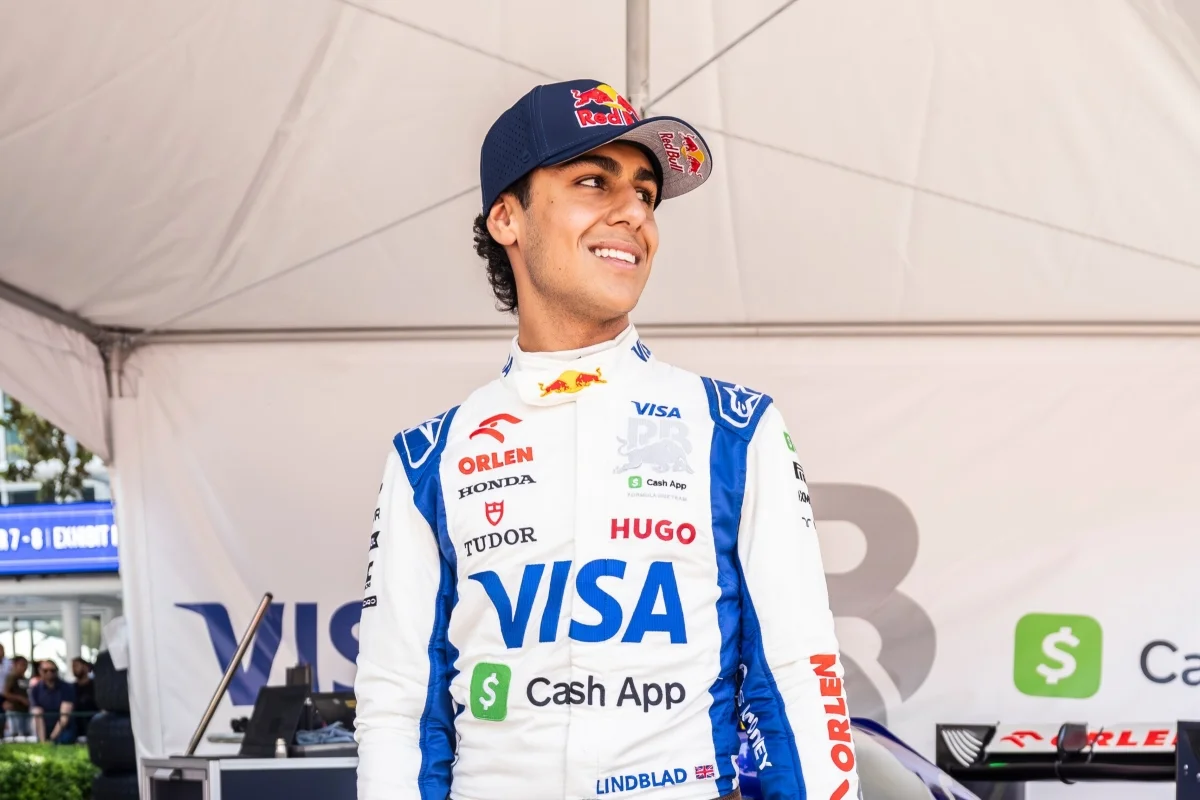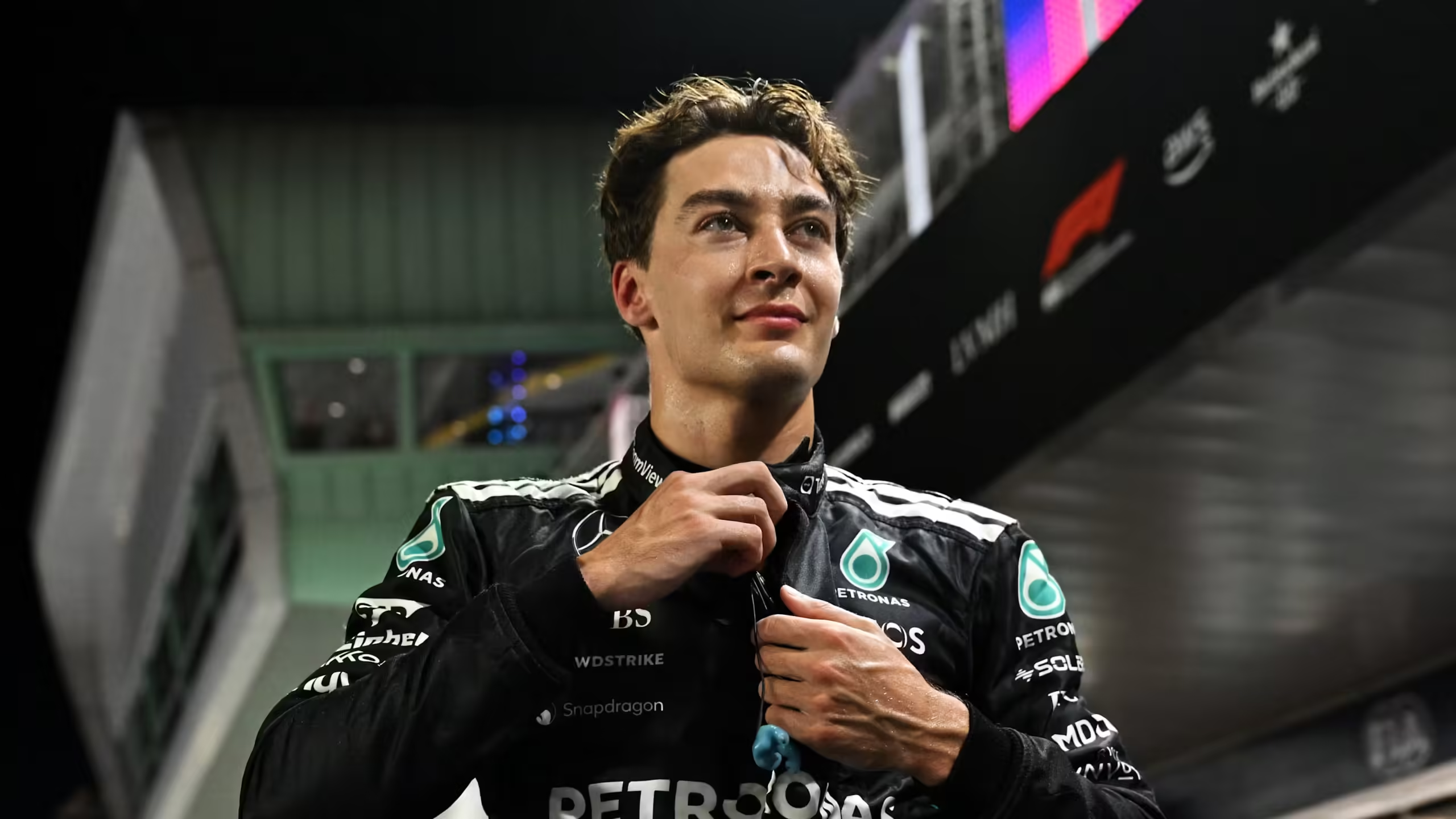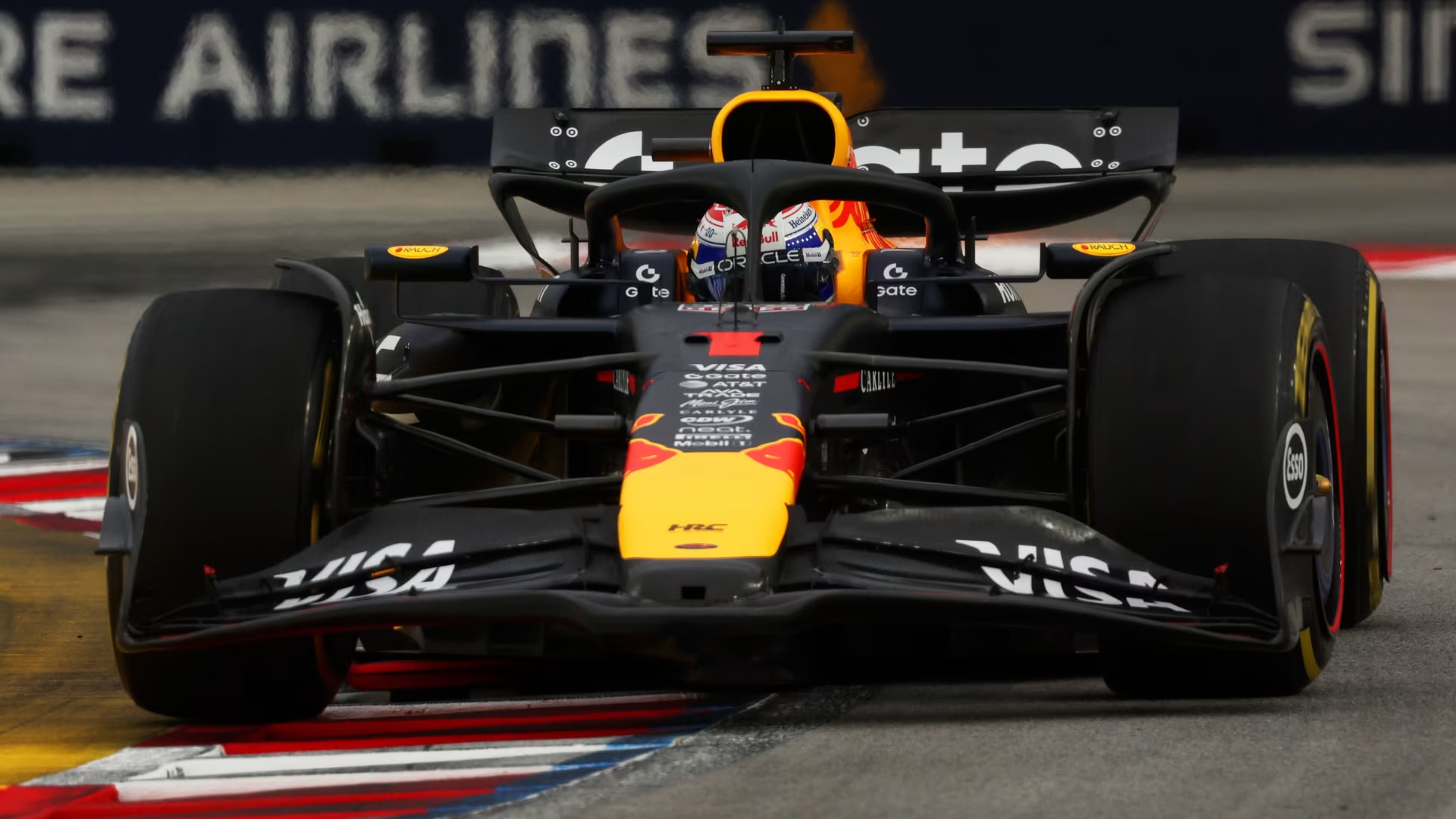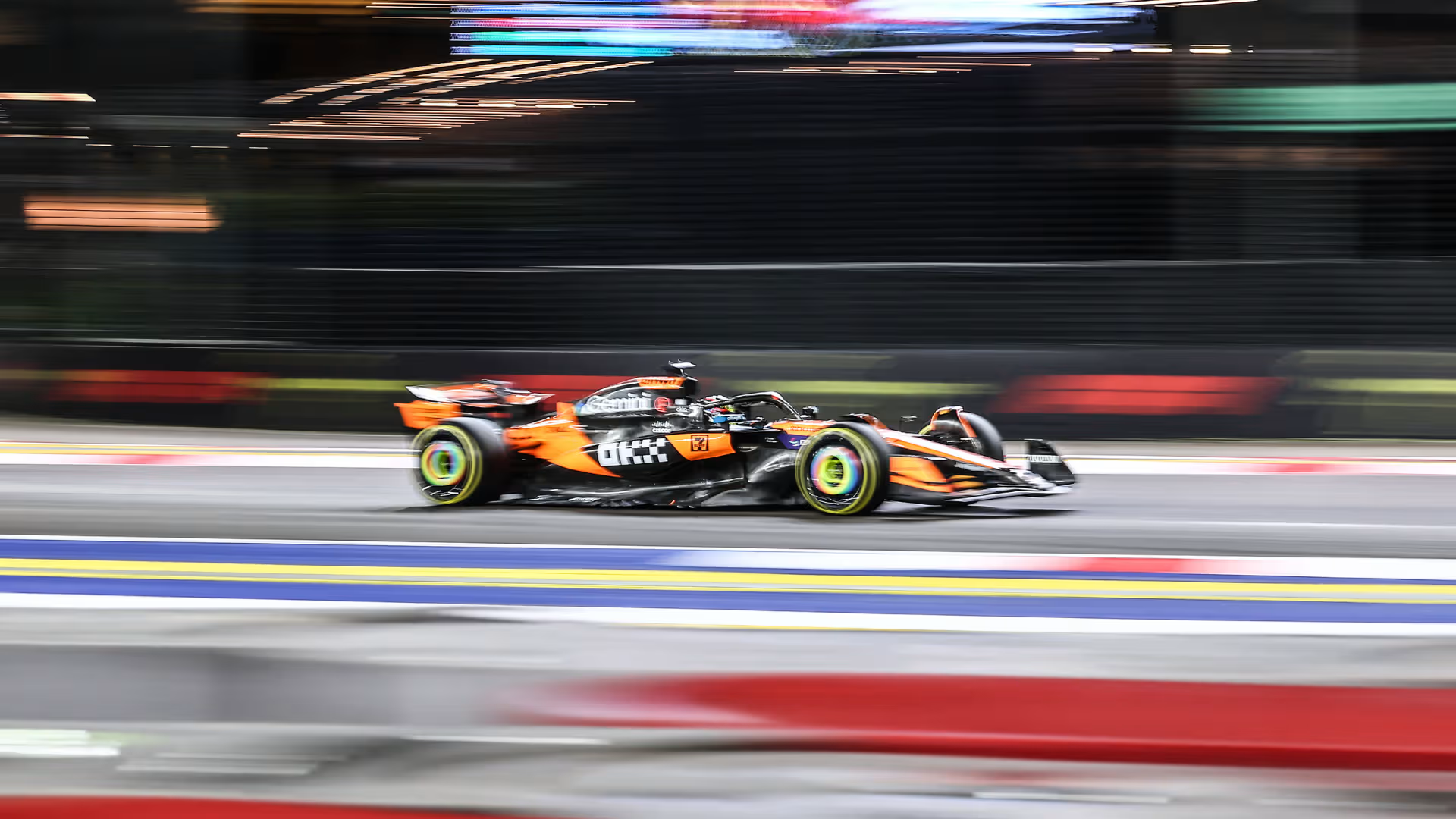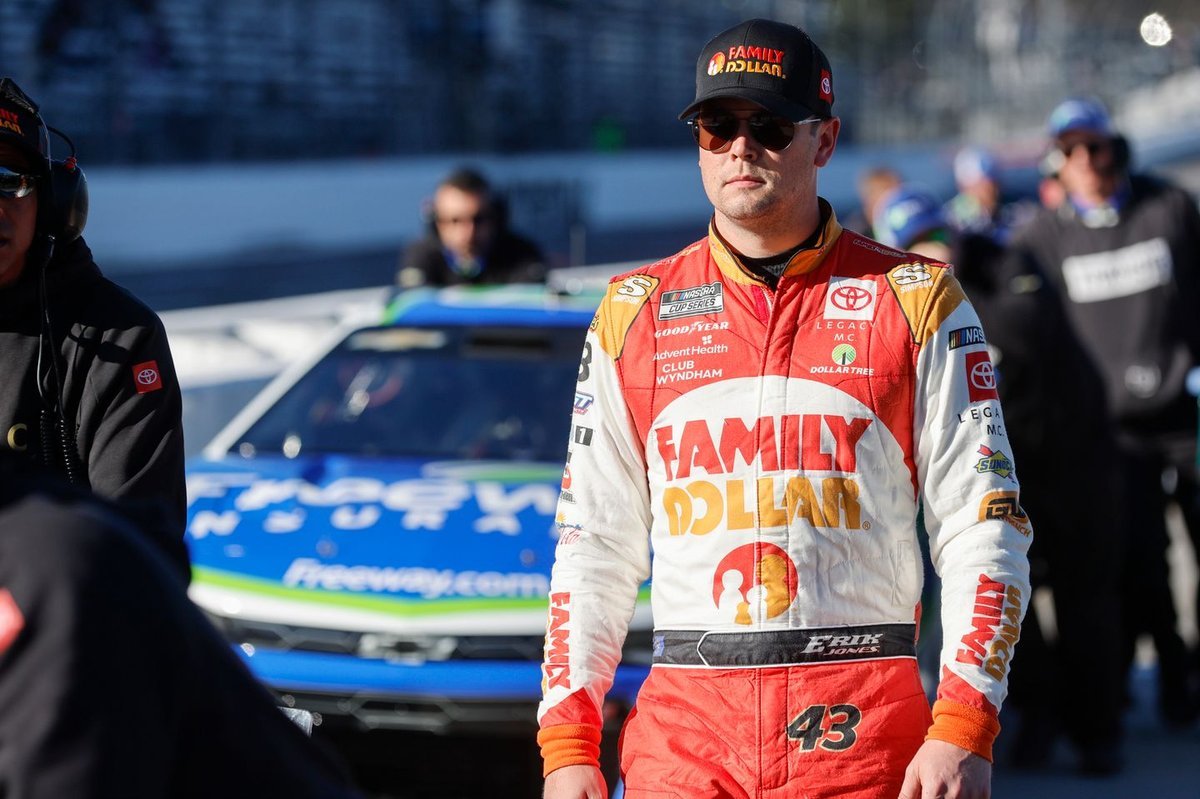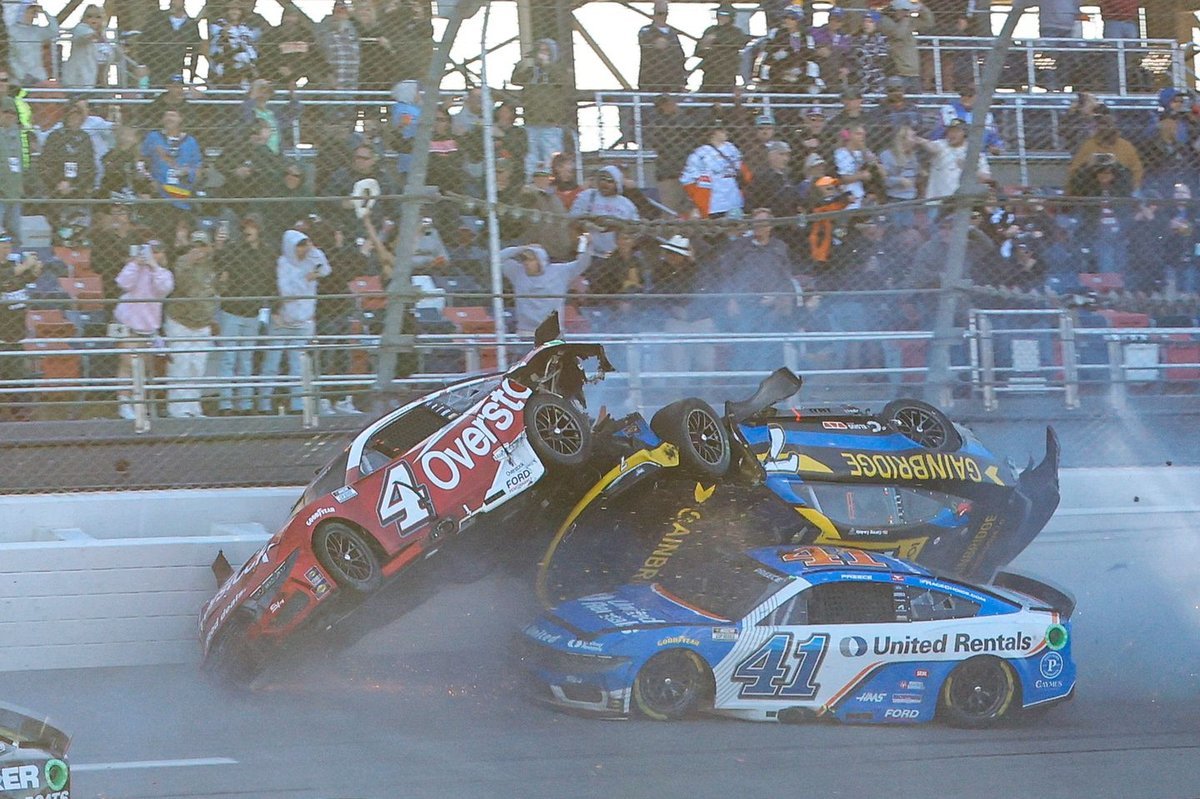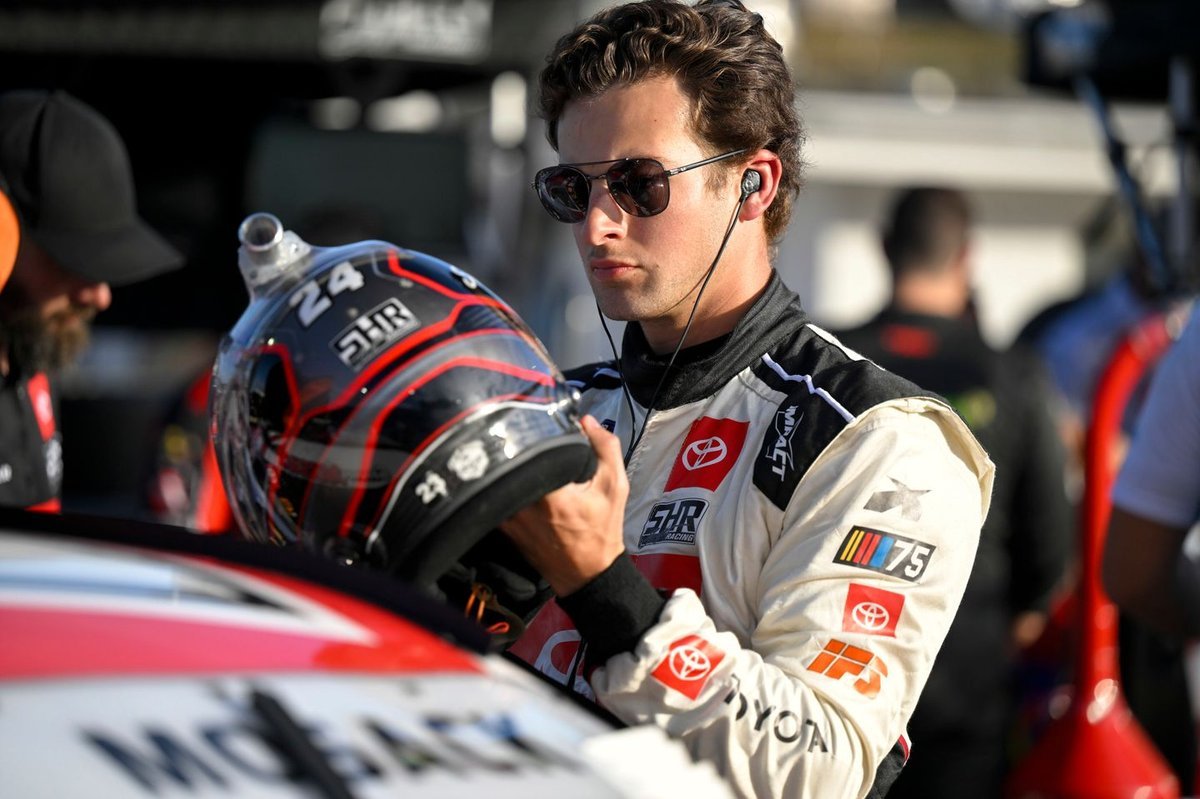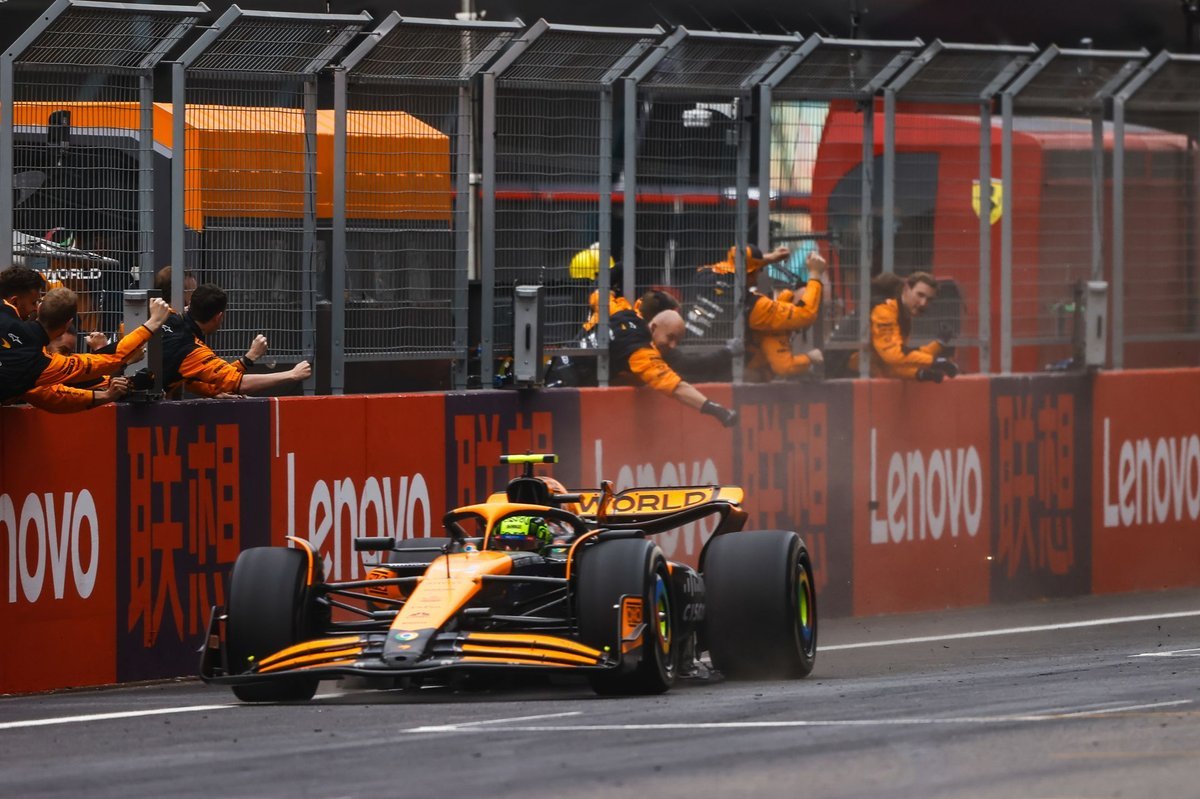The small tips that have surfaced to maximize the performance of the current generation of Formula 1 tyres
Lando Norris’s bid for victory in the Formula 1 Spanish Grand Prix was not only impacted by his start but also by a critical phase late in the race. Norris had a tire advantage over Max Verstappen with fresher rubber in the final stint, presenting an opportunity to seize the lead. Despite closing the gap to just 2.2 seconds by the finish line, Norris was left wondering if he mishandled his final 19-lap stint on soft tires.
Norris and McLaren have perfected a tire management trick this year: easing fresh tires into their peak performance post-pit stop, rather than pushing them to the limit immediately. This strategy, designed to stabilize tire pressures and temperatures, offers better performance over a longer period.
After the race, Norris pondered whether sticking to this strategy might have made the difference. “It wasn’t the longest final stint, so I didn’t know if we’d get to that time when I’d really start to catch up. In the last three laps, the gap was closing significantly. I don’t know if I pushed too much at the beginning and struggled more at the end. It’s hard to judge these things,” he said.
When Norris exited the pits for the final dash, he knew he had to chase down a 7.696-second gap to Verstappen. His first flying lap was a 1m17.377s, followed by a race-best 1m17.115s two laps later. However, while this aggressive approach seemed the obvious way to catch the leader, it may not have been the optimal strategy.
F1 teams and drivers often find that gradually bringing new tires into their optimal range provides better long-term performance. According to Pirelli’s chief engineer Simone Berra, it’s all about managing carcass temperature and pressure. “If you have a gentle introduction, carcass temperature and pressure increase progressively, stabilizing at a lower pressure than pushing immediately, which creates a big peak in temperature and pressure,” Berra explained.
Lower pressures are advantageous as they provide a larger contact patch and better cornering stiffness. “Higher temperatures can cause handling issues, like understeer, especially if the front axle is saturated,” Berra added. The benefits of this approach, if executed perfectly, can be substantial—potentially reducing tire pressure by half to one Psi.
This strategy was exemplified at Imola earlier in the year, where Norris took it easy in the final stint and his tires peaked just in time for a chase after Verstappen. Though Norris will never know if a more conservative approach in Spain would have changed the outcome, it’s clear that the right tire strategy—whether gunning it early or easing in—has become crucial in the fiercely competitive fight for victory in Formula 1.


